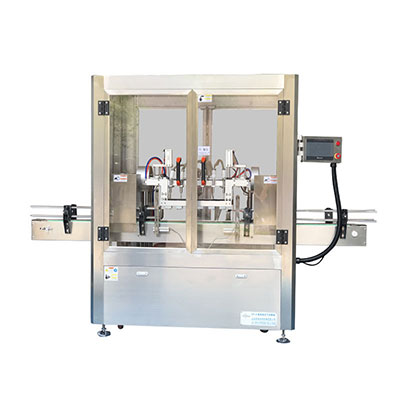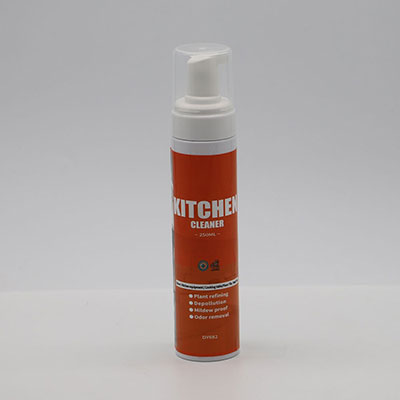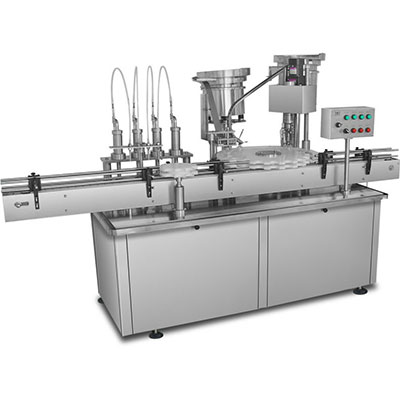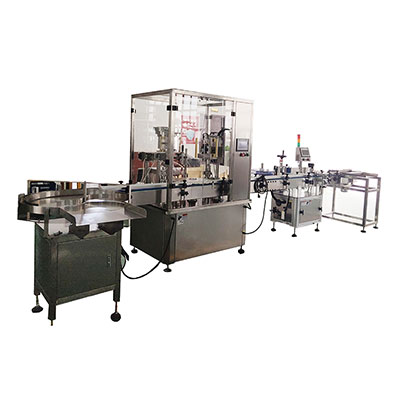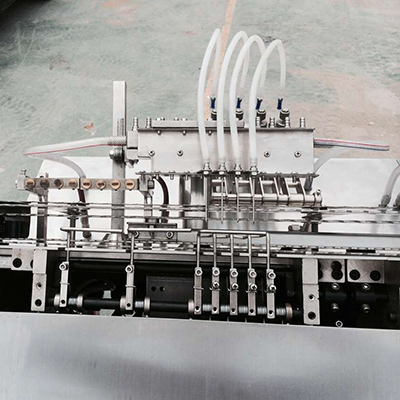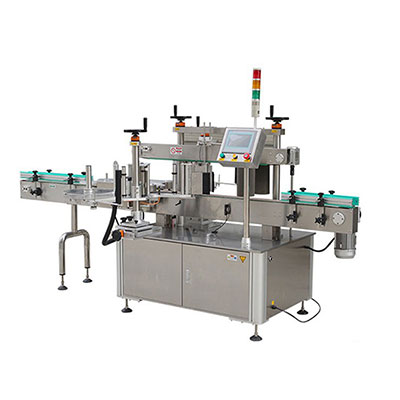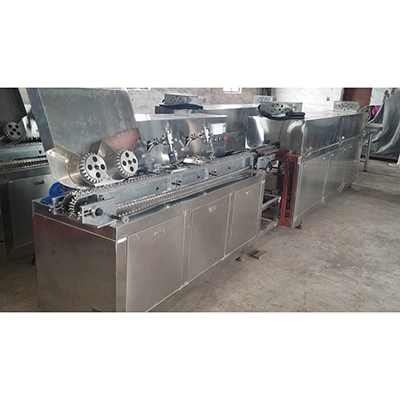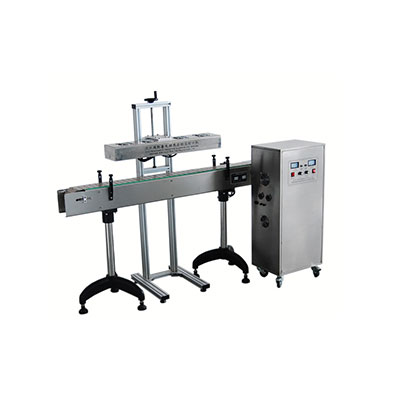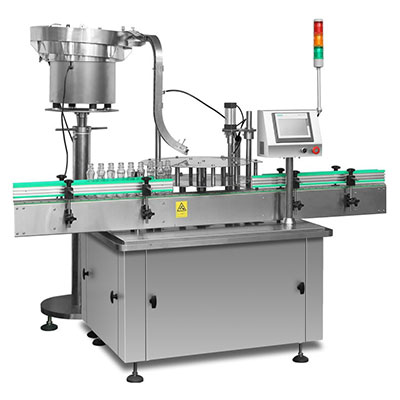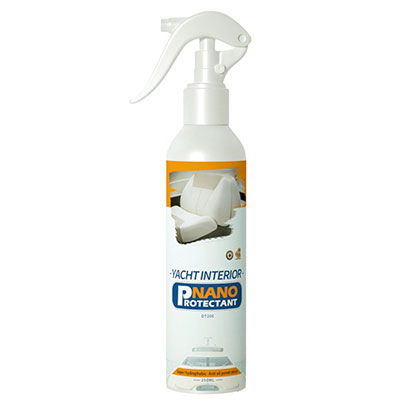AWG Device (Arrayed Waveguide Grating)
AWG Device (Arrayed Waveguide Grating)
Our AWG device has the height of 1U, and can be installed in a 19 inches equipment cabinet. It is adopted with the thermal AWG module that is specially encapsulated by ourselves, and has quite low power consumption. The special workgroup suite of this product is made of the high quality thermoplastic material with low thermal conduction ability, so the user can control the operating temperature. This device features the precise optical channels coupling, low insertion loss, high channel isolation degree, and outstanding stability.
Technical Parameters
Optical channel | 48 | |
Channel interval | 100GHz | |
CWL | C -band | |
Band-pass frequency | ±0.1nm | |
Wavelength accuracy | ±0.05nm | |
-1 dB band width | 0.4nm(minimum) | |
-3 dB band width | 0.6nm(minimum) | |
Insertion loss | 4.5dB(standard) 6.0dB(maximum) | |
Adjacent channel isolation | Demux | 25dB(minimum)
|
Mux | 18 dB (minimum) | |
Non-adjacent channel isolation | Demux | 32 dB(minimum) |
Mux | 26 dB(minimum) | |
Total isolation | Demux | 22 dB(minimum) |
Mux | 15 dB(minimum) | |
Insertion loss consistency | 1.5 dB(maximum)
| |
Directionality | 40 dB(minimum) | |
Insertion loss flatness | 0.5 dB(maximum) | |
RL | 40 dB(minimum) | |
PDL | 0.3 dB(standard) 0.5 dB(maximum) | |
PMD | 0.5 ps(maximum) | |
Bearable optical power | 24 dBm(maximum) | |
Power monitoring scope | -35 dBm(minimum) 23 dBm(maximum) | |
Especially, the AWG device has the network management function, and can do the remote setting and error management for the other AWG devices in the whole network, which also supports the network management function, via the SNMP based network management platform developed by us. The operator even can see the work status of the faulted device, and locate the error point. In addition, our product has the channel interval of 100GHz (0.8 nm), and could has 48 multiplexing channels at maximum.
Work Principle
The AWG device could be considered as the basis of the DWDM. It is a set of grating formed by the given-length arrayed waveguides, so that it can split the optical waves off. At first, the light with the optical modulating signals of multiple wavelengths will be split into several or dozens of sub-lights with the roughly equal amplitudes. Afterwards, these sub-lights go into the given-length arrayed waveguide to get special output phase. Finally, when passing the coupler, these sub-lights with the same wavelength will jointed together to output. In this way, the optical modulating signals with different wavelength can be extracted.
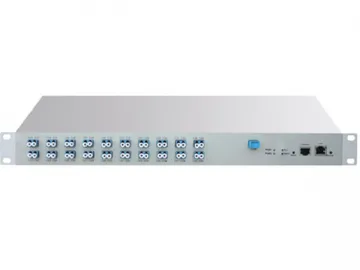
AWG work principle
Links:https://globefindpro.com/products/86873.html
-
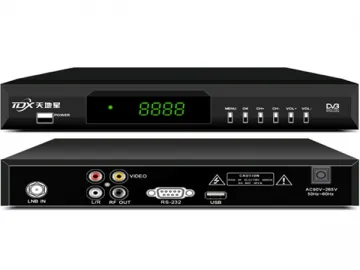 GX6108 DVB-S USB&CA Digital Set Top Box
GX6108 DVB-S USB&CA Digital Set Top Box
-
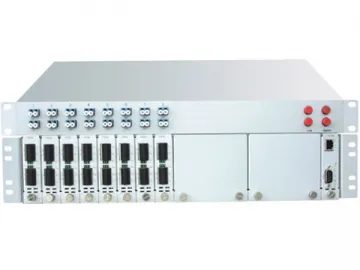 2U Rack Mount DWDM Transmission Equipment
2U Rack Mount DWDM Transmission Equipment
-
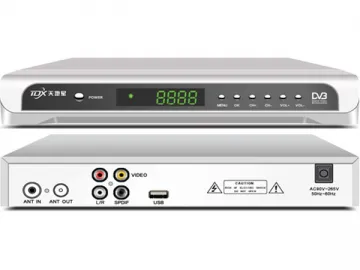 GX3113B DVB-C Digital Cable TV Set Top Box
GX3113B DVB-C Digital Cable TV Set Top Box
-
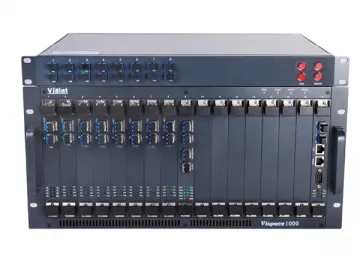 5U Rack Mount Optical DWDM System
5U Rack Mount Optical DWDM System
-
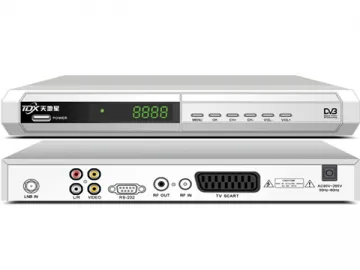 Ali3329C DVB-S CA Digital Satellite Set Top Box
Ali3329C DVB-S CA Digital Satellite Set Top Box
-
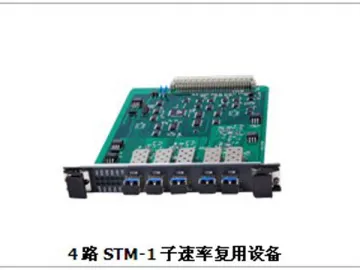 Sub-Rate Multiplexer
Sub-Rate Multiplexer
-
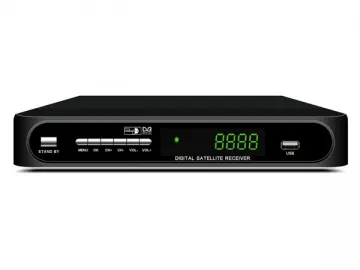 DVB-T2 High Definition FTA Digital Terrestrial Set Top Box
DVB-T2 High Definition FTA Digital Terrestrial Set Top Box
-
 Other Carbon Graphite Products
Other Carbon Graphite Products
-
 Carbon Graphite Products for Electronic and Semiconductor Industry
Carbon Graphite Products for Electronic and Semiconductor Industry
-
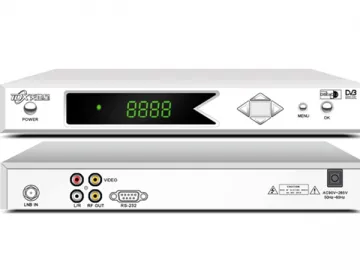 Ali3328F DVB-S FTA Digital Satellite Set Top Box
Ali3328F DVB-S FTA Digital Satellite Set Top Box
-
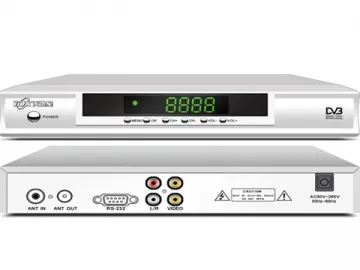 GX3001Q DVB-C Digital Cable TV Set Top Box
GX3001Q DVB-C Digital Cable TV Set Top Box
-
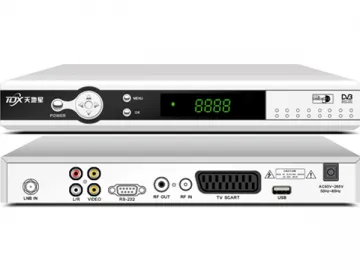 Ali3329D DVB-S USB&CA Digital Set Top Box
Ali3329D DVB-S USB&CA Digital Set Top Box

